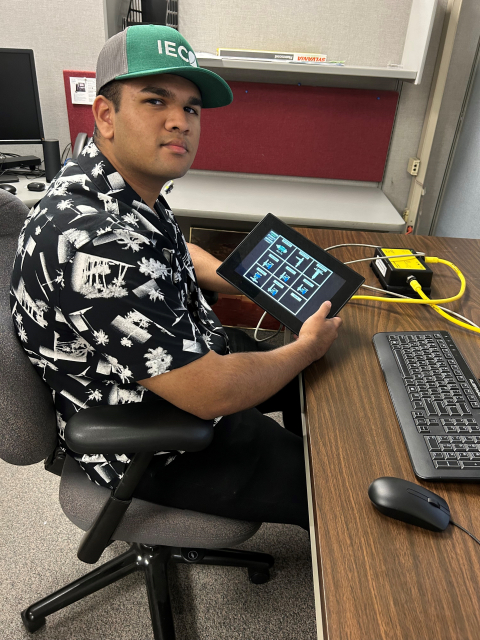
In just a few years, an intern has taken his interest in computer science to the next level in the EM program supporting contractors at DOE's Idaho National Laboratory (INL) Site with virtual reality and other technologies.
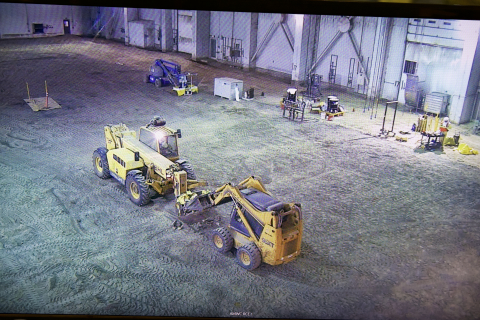
EM recently moved a significant step toward closure of the Idaho National Laboratory (INL) Site’s largest building, which could comfortably house a modern U.S. aircraft carrier.
The Idaho National Laboratory (INL) recently hosted the National Conference of State Legislatures (NCSL) Nuclear Legislative Working Group (NLWG) meeting, offering a tour of the site and facilities for lawmakers to discuss nuclear related legislation.
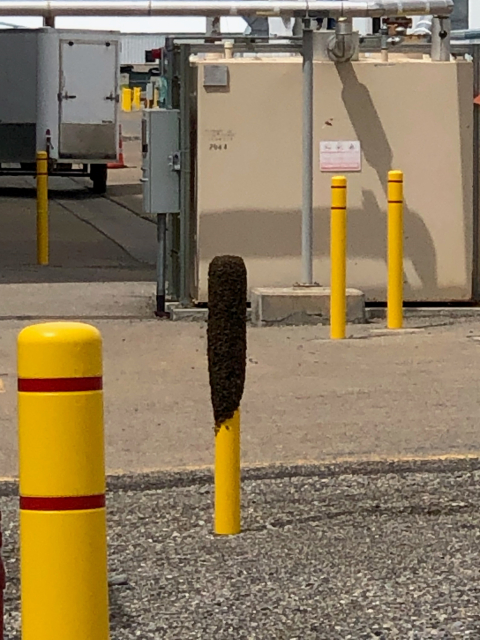
Alert employees teamed up with a regional beekeeper to save thousands of honeybees that recently took up residence at an Idaho National Laboratory (INL) Site facility and protect members of the workforce from potential, painful stings
DOE recently honored two EM employees with major awards for their superior performance in 2022.
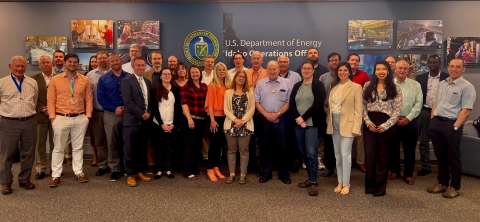
A working group recently addressed policy and crosscutting issues impacting the handling, storage and disposition of DOE-managed spent nuclear fuel (SNF) in its first in-person meeting since late 2019.
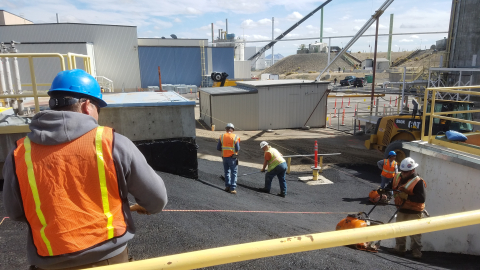
Two EM organizations in Idaho are effectively working together to manage water at a Cold War-era facility at the (INL) Site to protect the underlying aquifer used by 300,000 Idaho residents for agriculture, drinking water and municipal usage.

The Integrated Waste Treatment Unit has progressed to treating sodium-bearing waste entirely, the next step in efficiently removing remaining liquid radioactive waste from nearby Cold War-era underground tanks and closing them to protect the environment.
Since the launch of operations just over a month ago, the Integrated Waste Treatment Unit (IWTU) has increased sodium-bearing waste treatment fivefold, a crucial step in removing remaining liquid waste from nearby underground tanks.

Sixteen years after EM broke ground for the Integrated Waste Treatment Unit (IWTU), the first-of-a-kind facility began treating radioactive liquid waste from underground tanks at the Idaho National Laboratory (INL) Site on the afternoon of Tuesday, April

